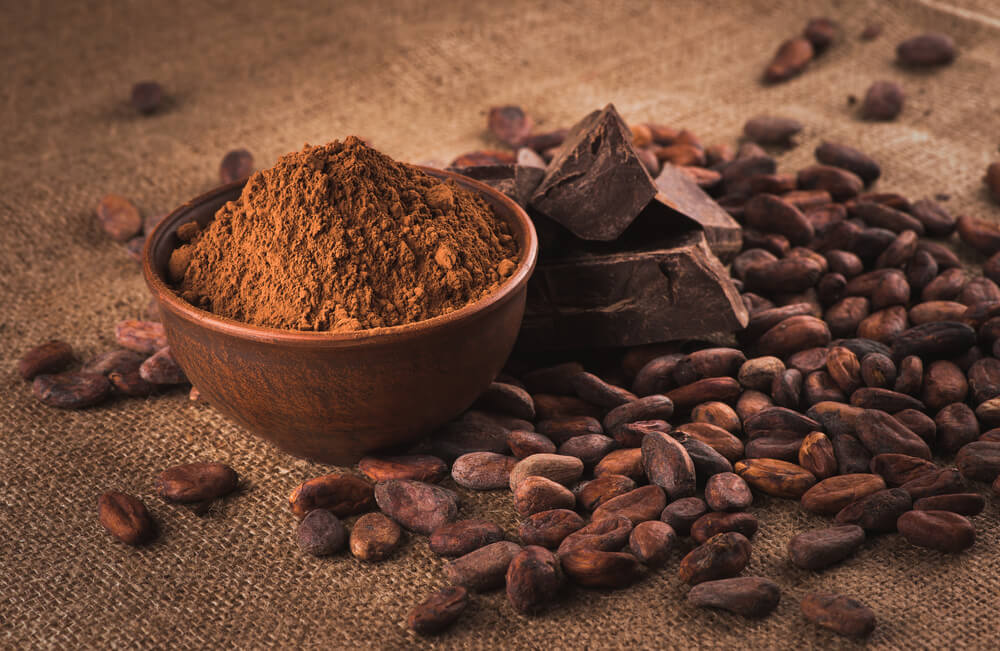On Monday, cocoa rallied to an all-time high after the International Cocoa Organization (ICCO) hiked its estimated global deficit for 2024.
New York ICE cocoa futures for May delivery soared 5.19% to $6,728.00 per metric ton (MT) on March 11. Nevertheless, market analysts anticipate short-term profit-taking to trigger a 1.84% drop to $6,604.00 per MT on the coming trading day.
The soft commodity’s prices continued to rise uncontrollably amid the worsening impact of El Niño on West Africa. Hence, NY ICE futures have jumped 58.00% since the start of the year and 143.00% year-over-year (YoY).
Unfortunately, the unfavorable growing conditions West African cocoa farms endured throughout 2023 are expected to persist this year. Insufficient rain has caused crops to dry, while the black pod disease led to cacao trees withering.
Industry watchers claimed that the industry is already in panic mode, with some chocolate manufacturers suspending operations. The US Department of Agriculture said the price of sweets rises nearly three times faster than broader inflation.
As a result, consumers are pushing back by reducing their confectionery purchases, leading to a deterioration in demand. With the price of raw materials surging and demand for finished products plummeting, cocoa experts warned that the chocolate industry may crash.
The Ivory Coast, the world’s top cocoa producer, estimates a yield of 1.80 MMT for the current crop year. It would indicate a 21.74% contraction from the 2.30 MT harvested in the 2022/23 season.
ICCO Expects a Sharp Drop in Global Cocoa Supply
The ICCO increased its projected global cocoa deficit for the 2023/24 season to 374,000.00 MT, 405.41% above 2022/23’s 74,000.00 MT. Furthermore, the inter-governmental organization sees global production declining by 11.00% YoY to 4.45 million metric tons (MMT).
In addition, it expects global cocoa grindings to decrease by nearly 5.00%, dragging the stock-to-grindings ratio to its lowest in over 40 years. Five months into the crop season, the Ivory Coast ground 0.23 MMT, only 32.39% of its 0.71-MMT total grinding capacity.
Lastly, the ICCO said back-to-back global deficits may drive the industry to shift its support to Latin American cocoa farms.











